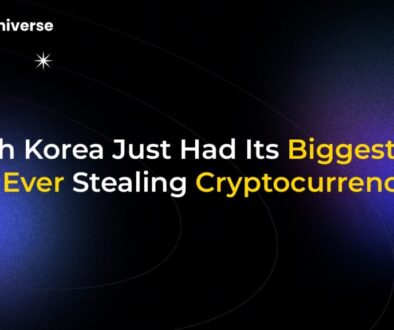Is XRP the Best Cryptocurrency to Buy With $1,000 Right Now?

XRP: The Resilient Contender in a Volatile Crypto Market
For years, XRP has been one of the most talked-about and controversial assets in the cryptocurrency space. It has a dedicated community, a clear use case, and a history of explosive price action. After a significant legal victory in mid-2023 sent its price soaring, XRP has since settled into a consolidation phase, leaving many investors wondering: Is XRP the best cryptocurrency to buy with <$1,000 right now>, or has its moment passed?
While it has recently underperformed giants like Bitcoin and Ethereum, a closer look reveals several powerful catalysts that could be brewing under the surface. Let’s dive into the bull case, the risks, and whether a $1,000 investment in XRP makes sense for your portfolio.
The Bull Case: Three Key Catalysts for XRP’s Growth
Despite recent sideways price movement, several fundamental factors could propel XRP’s value higher in the coming months and years.
1. Unprecedented Regulatory Clarity
Perhaps the most significant advantage XRP holds over nearly every other altcoin is its legal standing in the United States. In a landmark July 2023 ruling, a U.S. court declared that XRP is not a security when sold to retail investors on public exchanges. This decision removed a massive cloud of uncertainty that had plagued the asset for years, leading to its relisting on major U.S. exchanges like Coinbase and Kraken.
This legal clarity is a cornerstone for future growth, making it a safer choice for institutional investors and paving the way for financial products that were previously impossible.
2. The Potential for a Spot XRP ETF
The crypto world was electrified by the approval of spot Bitcoin ETFs in early 2024, which unlocked a torrent of institutional capital. Now, the market is looking for what’s next. With its newfound regulatory clarity, XRP is a prime candidate for its own spot Exchange-Traded Fund (ETF).
While major players like BlackRock and Fidelity have not yet filed applications, the precedent has been set. An XRP ETF would provide a regulated, accessible way for traditional investors to gain exposure to the asset, potentially triggering a massive influx of demand, much like what was seen with Bitcoin.
3. Real-World Utility in Cross-Border Payments
Unlike many cryptocurrencies that are purely speculative, XRP was designed with a specific purpose: to make international payments faster, cheaper, and more efficient. Ripple, the company behind XRP, has built a global payment network called RippleNet that uses XRP as a “bridge currency” to settle transactions in seconds.
- Solving a Trillion-Dollar Problem: The traditional system for international transfers, like SWIFT, can be slow and expensive. RippleNet aims to replace this outdated infrastructure.
- On-Demand Liquidity (ODL): This service allows financial institutions to source liquidity instantly using XRP, without having to pre-fund accounts in different currencies across the globe.
- Growing Partnerships: Ripple continues to forge partnerships with banks and payment providers worldwide, steadily increasing the adoption and utility of its network.
As this network expands, the inherent demand for the XRP token to facilitate these transactions is expected to grow significantly.
Weighing the Risks: What to Consider Before Investing
No investment is without risk, and XRP has its share of challenges. It’s crucial to understand the potential downsides before committing capital.
Competition is Fierce: While Ripple has a head start, it’s not the only player in the cross-border payments space. Traditional players like SWIFT are developing their own blockchain solutions, and stablecoins (digital assets pegged to currencies like the U.S. dollar) offer an alternative for low-volatility transfers.
Centralization Concerns: A common critique of XRP is the large portion of the total supply held by Ripple. While the company has placed a majority of its holdings in a cryptographically-secured escrow, critics argue this still gives Ripple significant influence over the market.
Market Volatility: At the end of the day, XRP is a cryptocurrency. Its price is still heavily influenced by the sentiment of the broader crypto market, Bitcoin’s price movements, and overall macroeconomic factors. A bull run can lead to incredible gains, but a bear market can result in sharp declines.
The $1,000 Verdict: Is XRP a Smart Buy?
So, should you invest $1,000 in XRP? The answer depends entirely on your investment strategy and risk tolerance.
XRP presents a unique asymmetric bet. The downside is you could lose your investment, as with any crypto asset. The upside, however, is substantial. If Ripple continues to expand its payment network, an ETF is approved, and the bull market returns in full force, XRP’s current price could look like a bargain in hindsight.
For an investor with a high tolerance for risk and a long-term belief in the tokenization of real-world assets and finance, allocating a small portion of a portfolio—like $1,000—to XRP could be a calculated move. It offers exposure to a project with clear utility, a significant legal advantage, and multiple potential growth catalysts on the horizon.
As always, do your own research and never invest more than you are willing to lose. While the path ahead may be volatile, XRP’s journey is undoubtedly one of the most compelling stories to watch in the crypto space.


